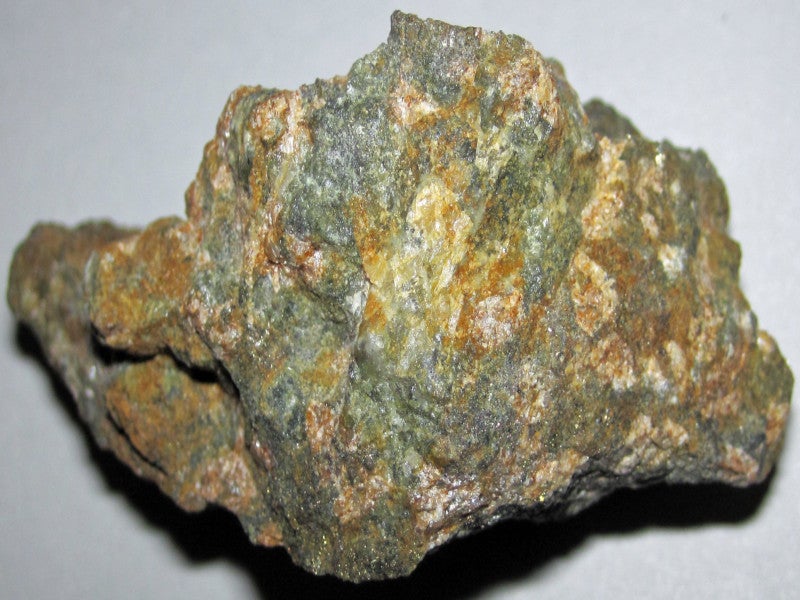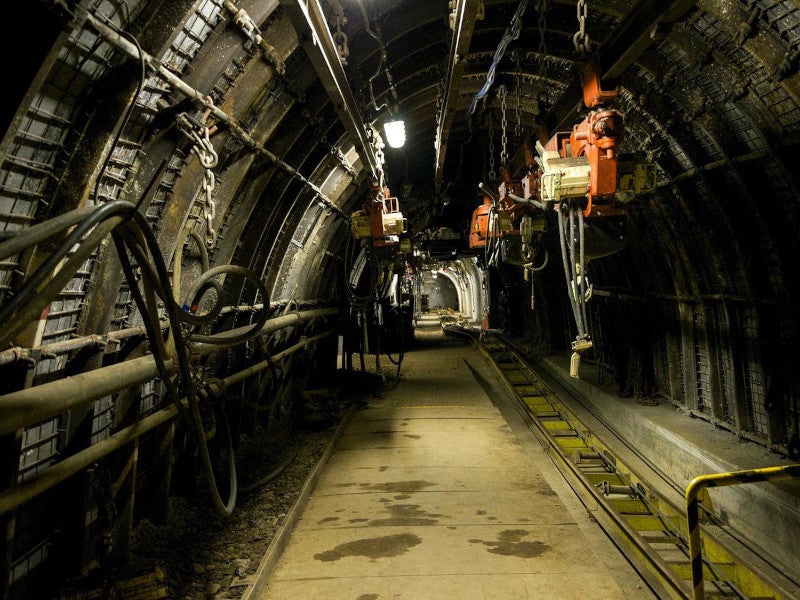Mactung is an advanced-stage tungsten project located in Yukon and Northwest Territories, Canada. It is one of the largest tungsten deposits in the world and also one of the rare large tungsten resources located outside of China.
The property witnessed a change in ownership several times before it was acquired by the North American Tungsten (NATC) in 1997. NATC released a feasibility study for the project in February 2009, based on previous drilling, engineering, metallurgy, geotechnical, and environmental baseline data.
The feasibility study called for underground mining for the Mactung tungsten project, with a mine life of 11.2 years and a production capacity of 2,000 tonnes of ore per day.
The study also assessed that the property holds the potential for open-pit mining with near surface and lower grade resources, expanding the mine life by 17 years.
Fireweed Zinc signed a binding letter of Intent (LOI) to acquire the Mactung tungsten project from the Government of Northwest Territories (GNWT) in June 2022, with plans to develop a new mineral resource estimate. It is also expected to prepare a new preliminary economic assessment (PEA) for the project in 2023.
Location and site details
The Mactung tungsten project is located in the Selwyn Mountain Range in the eastern-central Yukon side of the Yukon-Northwest Territories border, Canada.
Covering an area of 37.6km2, the project site lies adjacent to Fireweed’s Macmillan Pass zinc-lead-silver project and 13km north of its Tom deposit. The property is accessible by a road that connects to the North Canol Highway, 230km from Ross River.
Geology and mineralisation
The Mactung tungsten property is a skarn deposit that is present on the eastern margin of the Selwyn basin in the Tombstone-Tungsten Belt (TTB) of the Canadian Cordillera. The mid-Cretaceous TTB is also host to other major mineral deposits and is spread over Alaska, Yukon, and Northwest Territories.
The deposit belongs to Tungsten suite intrusions of late Precambrian to Palaeozoic and metamorphosed clastic and interbedded carbonate rocks of the Selwyn basin.
The mineralisation occurs mainly as scheelite (CaWO4) with a significant presence of calcic mineral assemblages associated with large quantities of pyrrhotite, which was formed within permeable limestone units of the Cambrian-Ordovician host rocks.
Reserves
The Mactung tungsten deposit was estimated to contain indicated and inferred resources of 33 million tonnes grading 0.88% tungsten trioxide (WO3) and 11.9 million tonnes grading 0.78% WO3, respectively, as of April 2009.
It contained underground probable mineral reserves of 8.5 million tonnes grading 1.082% WO3.
Mining method and ore processing
The Mactung tungsten project will be an underground mining operation that will utilise conventional long-hole blast and mechanised cut-and-fill mining methods.
A conveyor will be deployed to deliver the mined ore to the mill. Later, it will undergo processing through gravity and flotation concentration circuits. The processing plant will be designed to recover a significant part of the metal as scheelite concentrate. It is expected to produce a premium gravity concentrate (67% WO3) and a flotation concentrate (55% WO3).
The mine avoids the need for the installation of a permanent tailings dam due to the dry-stack nature of the tailings, which will be used for backfilling of the underground mine.
Contractors involved
Wardrop Engineering was engaged to complete the feasibility study for the Mactung tungsten project. The company delivered the main engineering services for the project design and the capital and operating cost estimates.
EBA Engineering Consultants was contracted to provide geotechnical and environmental inputs for the feasibility study.
MineIt Consulting provided equipment and personnel requirement estimation, material handling trade-off study, and underground mine design and rock mechanics for the feasibility study of the project.
Mactung tungsten project background
Discovered in 1962, the Mactung tungsten project witnessed geological mapping and surface sample programmes in the early and mid-1960s and the drilling was commenced in 1968. The property has seen the completion of approximately 38,000m of drilling in 312 holes, as of June 2022.
NATC received environmental approval for the plan to develop the project in September 2014.
The GNWT acquired the Mactung project in 2015, after NATC went bankrupt. The property was acquired with an intention to sell it, once the tungsten market recovered.
After the acquisition, the Northwest Territories government secured a Class 4 mining land use approval for the deposit in 2020 and carried out the removal of the abandoned waste and hazardous materials at the Mactung site to improve its marketability.





